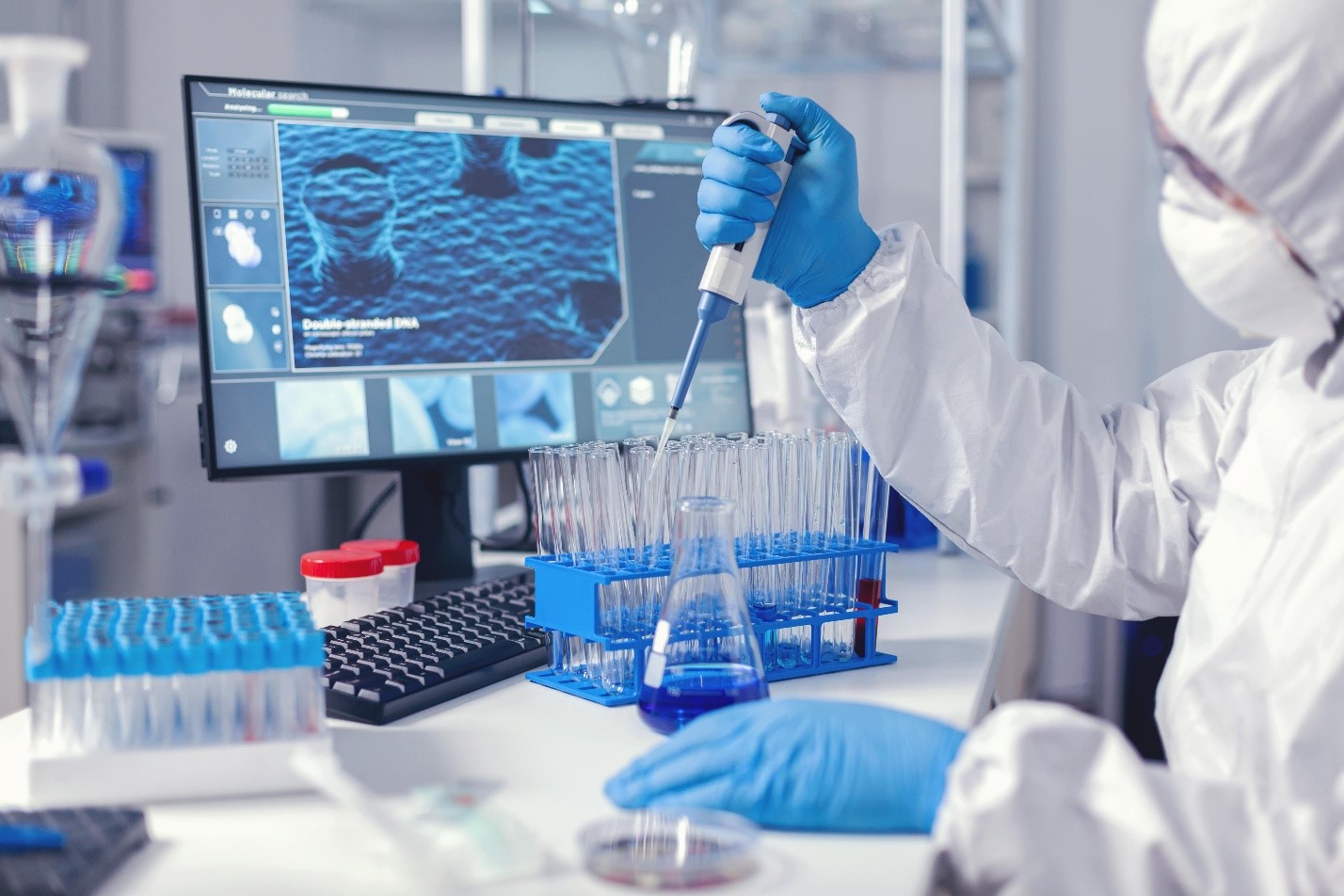Regenerative medicine and tissue engineering are fields that hold incredible promise for the future of healthcare, with the potential to heal damaged tissues, replace failing organs, and combat degenerative diseases. At the heart of these revolutionary disciplines lies biochemistry, which serves as the foundational science for understanding the molecular and cellular mechanisms necessary for designing and implementing regenerative solutions. Alice Chang, Ph.D. explores the vital role biochemistry plays in advancing regenerative medicine and tissue engineering, highlighting its applications, innovations, and future possibilities.
Understanding Regenerative Medicine and Tissue Engineering
Regenerative medicine focuses on restoring or replacing damaged tissues and organs by harnessing the body’s natural repair mechanisms or by using bioengineered solutions. Tissue engineering, a subset of regenerative medicine, involves creating biological substitutes that can mimic the structure and function of native tissues. Both fields rely heavily on insights from biochemistry to manipulate cellular behavior, optimize biomaterials, and develop cutting-edge therapies.
Biochemistry enables scientists to understand how cells communicate, respond to environmental signals, and maintain their functions. This knowledge is essential for developing the tools and techniques that drive regenerative medicine, including stem cell therapies, gene editing, and bioengineered scaffolds.
The Biochemical Basis of Regenerative Medicine
Biochemistry provides the blueprint for understanding the molecular signaling pathways that regulate cell growth, differentiation, and repair. These pathways are crucial in regenerative medicine as they determine how cells behave in different environments. Key areas of biochemical research that influence regenerative medicine include:
- Cellular Communication and Signal Transduction
Cells rely on complex biochemical signaling networks to communicate and respond to their surroundings. Understanding these pathways helps researchers manipulate cellular responses to promote healing and tissue regeneration. For example, growth factors like epidermal growth factor (EGF) and fibroblast growth factor (FGF) play critical roles in cell proliferation and differentiation, making them targets for therapeutic interventions.
- Extracellular Matrix (ECM) Composition
The extracellular matrix, a network of proteins and carbohydrates, provides structural support to cells and influences their behavior. Biochemistry helps scientists study the ECM’s components—such as collagen, elastin, and glycosaminoglycans—and their interactions with cells. This knowledge is vital for designing biomaterials that mimic the ECM and support tissue regeneration.
- Stem Cell Biology
Stem cells are central to regenerative medicine due to their ability to differentiate into various cell types. Biochemical research has elucidated the molecular mechanisms governing stem cell self-renewal and differentiation. For instance, signaling pathways like Wnt, Notch, and Hedgehog are crucial in stem cell regulation and are often manipulated in regenerative therapies.
- Gene Editing and Epigenetics
Advances in biochemistry have enabled precise gene-editing techniques, such as CRISPR-Cas9, to modify genetic material for therapeutic purposes. Epigenetic modifications, such as DNA methylation and histone acetylation, also play a role in regulating gene expression and can be targeted to enhance tissue regeneration.
Biochemistry in Tissue Engineering
Tissue engineering combines cells, biomaterials, and biochemical factors to create functional tissue constructs. Biochemistry underpins each of these components, ensuring their integration and functionality.
- Biomaterials Design
Biochemistry guides the development of biomaterials that interact effectively with biological tissues. For example, hydrogels, a common scaffold material, are designed to mimic the properties of the ECM and provide a supportive environment for cell growth. Researchers use biochemical insights to modify biomaterials with bioactive molecules, such as peptides or growth factors, to enhance their regenerative potential.
- Bioreactors and Tissue Growth
Bioreactors provide a controlled environment for growing tissue-engineered constructs. Biochemical parameters, such as oxygen levels, nutrient supply, and pH, are carefully monitored to optimize cell growth and differentiation. Understanding these biochemical factors is essential for producing functional tissues that can be implanted into patients.
- 3D Bioprinting
3D bioprinting, a cutting-edge technique in tissue engineering, relies on biochemistry to develop bioinks that can support cell viability and functionality. These bioinks are often composed of hydrogels, ECM proteins, and other biochemical components tailored to the specific tissue being engineered.
Applications of Biochemistry in Regenerative Medicine
The integration of biochemistry into regenerative medicine and tissue engineering has led to numerous breakthroughs, including:
- Wound Healing: Biochemical studies have advanced the development of growth factor-based therapies and biomaterials that accelerate wound healing.
- Organ Regeneration: Understanding the biochemical environment of organs has enabled the growth of organoids—miniature organ models that can be used for transplantation or drug testing.
- Cartilage and Bone Repair: Biochemically engineered scaffolds loaded with growth factors like bone morphogenetic proteins (BMPs) are used to regenerate cartilage and bone.
- Neuroregeneration: Advances in biochemistry have led to the development of therapies that directly promote the repair of nerve damage, offering hope for patients with spinal cord injuries or neurodegenerative diseases.
Future Directions
The future of regenerative medicine and tissue engineering will continue to be shaped by biochemistry. Emerging areas of research include:
- Synthetic Biology: By designing synthetic biochemical pathways, researchers can create cells and tissues with enhanced regenerative capabilities.
- Nanotechnology: Nanoscale biochemical interventions, such as nanoparticle-based drug delivery systems, hold promise for targeted therapies.
- Personalized Medicine: Biochemical profiling of patients will enable the development of tailored regenerative therapies that address individual needs.
Biochemistry serves as the foundation for the remarkable advancements in regenerative medicine and tissue engineering. By unraveling the molecular mechanisms that govern cellular behavior, biochemistry provides the tools to design innovative therapies that restore function, improve quality of life, and address previously untreatable conditions. As research in this field continues to evolve, the synergy between biochemistry and regenerative medicine will undoubtedly unlock new possibilities, transforming the landscape of modern healthcare.
